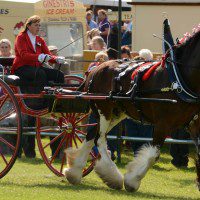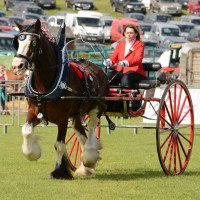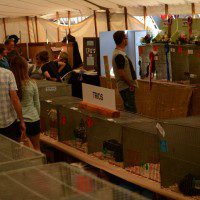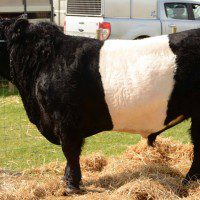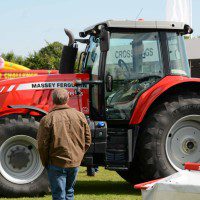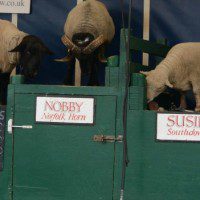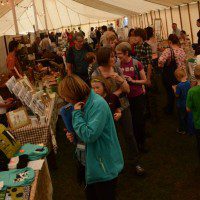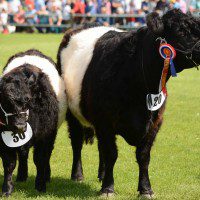A new partnership is looking to significantly reduce the tragic toll of people who are killed or seriously injured on Scotland’s farms and crofts each year.
Figures published by the Health and Safety Executive (HSE) reveal that over the past decade almost 80 men, women and children have died on Scottish farms and significantly more have been badly injured as a result of farming activities. That brings a catalogue of heartbreak and misery to numerous Scottish families and rural communities each year.
Launched at the Black Isle Show in the Highlands today (Thursday, 7 August), the Farm Safety Scotland Partnership is committed to improving the safety record of those who live and work on Scotland’s farms and crofts. Working together, NFU Scotland, NFU Mutual, HSE and Scottish Government has produced a new campaign leaflet “Working Together to Save Lives”. It outlines the four most common dangers on farms – Falls, Animals, Transport and Equipment – and urges farmers not to leave their safety to FATE.
The statistics for the last decade show that 13 people have been killed on Scottish farms by falls when working at heights; nine people have been killed in incidents involving livestock; 26 people have been killed when their vehicles have overturned or they have been struck by a moving vehicle and six people have been killed when they came into contact with working machinery or equipment.
Speaking at the launch of the partnership, Richard Lochhead, Cabinet Secretary for Rural Affairs, Food and the Environment said:
“Our men and women working in the farming industry to bring food to our tables do so in often hazardous conditions and this can sometimes have tragic consequences. Every single tragedy is one too many and it is therefore essential that everyone working in the industry understands the risks and takes every available precaution to stay as safe as possible. By raising awareness and providing safety information and tips, the Farm Safety Partnership Scotland has the potential to save lives and prevent injury, and I very much welcome this partnership initiative.
NFU Scotland Vice President Allan Bowie said:
“Tragic incidents in the past few days across the UK and Ireland remind everyone that farms can be dangerous places so it is important that everyone on a farm takes the necessary steps so that they can stay safe while farming. The Farm Safety Partnership intends to change behaviours and attitudes by promoting the steps that can be done to reduce the risks of common farm jobs. Most people will be able to recall a close call situation that could so easily have resulted in serious injury or even fatality. By adopting some simple steps as part of everyday working practices we can reduce the number of accidents and deaths on Scotland’s farms.”
Martin Malone, NFU Mutual Scotland Manager added:
“As the insurer of the majority of Scottish farms, we are all too aware of the dreadful impact that deaths and serious injuries have on farming families and are determined to do everything we can to help prevent accidents in the future. The establishment of the Scotland Farm Safety Partnership provides a focus for organisations involved in agriculture to work together and use their combined skills and experience to produce a less dangerous working environment. Whilst other industries – including construction – have seen accidents fall sharply in recent years, the number of people killed and injured on our farms has remained high and farming is now the most dangerous occupation in GB.
Rick Brunt, Head of Agriculture, Health and Safety Executive said:
“The high rate of deaths in the farming sector underlines the industry’s poor record of managing risks. Every year too many people are needlessly killed and injured on farms in Scotland. This Partnership is a massive step forward in the industry working to tackle the issues and creating a safer future.”

















